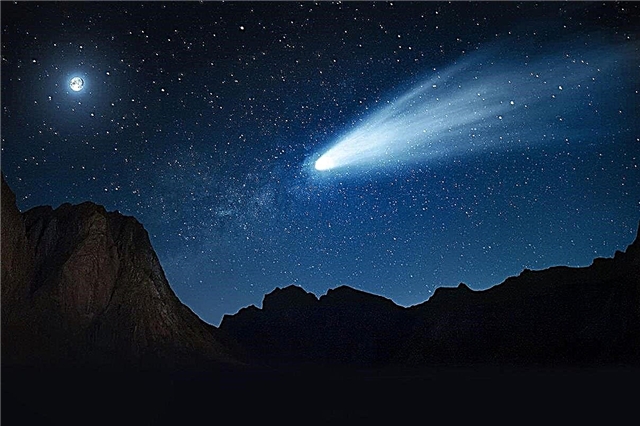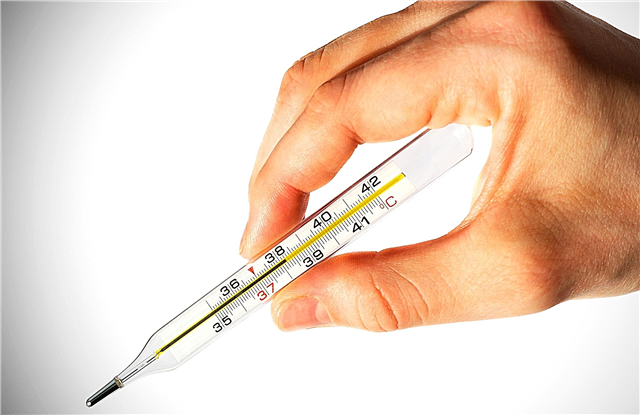
Time is an abstract concept with which every person deals daily. But did anyone think about where the time comes from? Who exactly determines what time it is? There is a certain standard of time that is oriented around the world.
What is a time reference?
The time standard is a scientific unit of time that is reproduced by the primary standard with the greatest possible accuracy. The reference unit of time is a second. Second and hertz are the standard units of time and frequency.
Scientists had to overcome several difficulties in order to single out the most accurate constant unit of measurement. Initially, time was measured based on the rotation of the planet around the axis. However, it turned out that the tides can influence the duration of a sunny day.
At the next stage, a tropical year (from one equinox to another) began to be used for measurement. The accuracy of the results increased - the second corresponded to 1 / 31556925,9447 of the tropical year. Guided by these studies, scientists invented pendulum and quartz watches.
In the future, there was a need for new methods of measurement, since quartz watches were more accurate than the natural standard. So there was a quantum generator, a molecular chronometer, and in 1967 they began to use the atomic method to calculate the reference unit.

Thanks to him, it was possible to minimize the error in calculating the reference second.With the advent of this method, the second began to correspond to 9 192 631 770 oscillations of electromagnetic radiation that occurs during the transition between the 2 levels of the hyperfine structure of the cesium-133 atom.
Interesting fact: National centers have been established in different countries to study measurement standards. In Russia, this is the All-Russian Research Institute of Physical, Technical and Radio Engineering Measurements.
Atomic clock
A reference atomic clock determines time using vibrations associated with processes at the molecular and atomic levels. The essence of their work is that atoms under certain conditions emit electromagnetic waves of the same frequency. The cesium-133 atom is selected as the generally accepted standard.
The device has a serious role in navigation, since without it it would be impossible to establish the location of vehicles, missiles, and also use satellite communications. They consist of a discriminator, a generator and an electronics complex.
Only certain atoms are suitable for their creation - those that are independent of external influences, such as fields of various origins (for example, magnetic). Suitable atoms are cesium, calcium, rubidium, etc. The primary standard is the transition of the cesium atom. The rest are considered secondary and are compared with cesium - the reference.
Reference Clock Accuracy
For the reference watch, we developed a time scale - AT. However, this device also has a certain error. Therefore, International Atomic Time - TAI is used.It is determined by comparing the readings of atomic clocks, which are installed in various metrological institutions around the world.
In total, there are about 400 such watches. Just by comparing their indicators, the accuracy of the reference clock is checked. In the city of Sevres (France) is the International Bureau of Weights and Measures (BIPM).
It was founded in 1875 as an institution where standards of measurement units are stored, metrological work, research is carried out, and the existence of a unified measurement system is ensured. By regularly comparing the performance of atomic clocks with the reference ones, the bureau specialists analyze the data and, if necessary, make corrections to the readings.

There is also such a thing as coordinated universal time - UTC. It is by this standard that watches are regulated worldwide. It is based on a TAI measurement system, but UTC is considered more convenient in everyday life. Periodically, the UTC time is adjusted 1-2 times a year (June 30 or December 31) by adding one second.
Interesting fact: Coordination of UTC time occurs in accordance with the universal time (UT), which is directly related to the rotation of the Earth around its axis. Since our planet is gradually starting to rotate more slowly (due to global warming), in the future it will be necessary to amend UTC more often.
The benchmark for time is TAI. The reference clock is stored in a special International Bureau of Weights and Measures, which is located in France.Their readings are regularly compared with several hundred other atomic clocks at various metrological stations. Based on the data received, corrections are made if necessary.












